What is “sustainability?"
“Sustainability” means that things can be
maintained
The English word “sustainability” means that things can be maintained for a long time.
Making a “sustainability society” is currently one of the world’s main aims, and people around the world are working to “keep the earth a place in which we can live in the future.”
Making a "sustainable society" means not only thinking about yourself, but also thinking about nature and living things, about people in other countries, and about people who are in need. We have to make a society for you to live in as an adult, and for all the people of the future.
Why do we have to think about a “sustainable society"?
The number of people living on earth is
gradually increasing...

The population of the earth is growing every year, and more people will live on earth in the future. That means we will need more food than we do now, and energy will also be needed to make things and power machines. But the earth only has limited resources, and the people already on earth are gradually using these up. This could mean that people in the future do not have enough resources. Do you think this is OK?
Nature is gradually
disappearing…

The amount of land we use to make the food and things we think are needed in our lives is steadily increasing. So nature is gradually disappearing or being spoilt, and places for plants and animals to live are decreasing. Somewhere that plants and animals cannot live is also not good for people.
The earth is gradually getting hotter…

If we continue with our current convenient lifestyles, the amount of greenhouse gases will increase and the earth will gradually get hotter. If the earth gets too hot, the ice at the North Pole could melt and the climate in each region will change. We have already started to see times of very hot weather and very cold weather. If this gets worse, we might not be able to grow things like vegetables and wheat, and then people would not have enough to eat.

The world is acting now for the future!
Of course, no-one wants a future like that. So the world is acting now!
People from different countries around the world got together to talk and come up with ideas for creating a “sustainable society”, to “keep the earth a place in which we can live in the future.“ They decided on “sustainable development goals” (SDGs) to work towards, and people from around the world are working together to make a better future.
SDGs are goals created to change the future
SDGs are goals created to change the future

SDGs were created so everyone around the world can work together to “keep the earth a place in which we can live in the future.” We must think about how to achieve them and what we can do in our everyday lives. There are 17 goals, problems that we want to solve by 2030 for the future.

No poverty
There are lots of people in the world who are living in poverty: they might have no money and no job, nowhere to live, and no doctor to help them when they get sick. One goal is to help all these people so that no-one is in need.


Did you know?

There are about 783 million people who have to live on less than $1.90 a day. That is almost seven times the population of Japan (about 130 million) and one in every ten people in the world.
$1.90 a day is about 200
yen in Japanese terms*


That means that these
people have to live on less
money each day than it
costs to buy one liter of
milk in Japan.
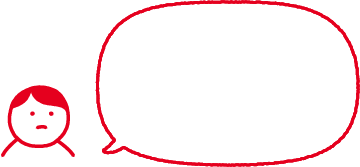
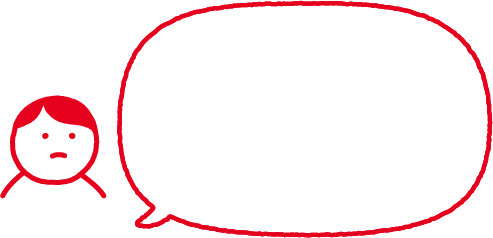
People suffering in
extreme poverty live
mostly in South Asia
and the southern parts
of Africa.

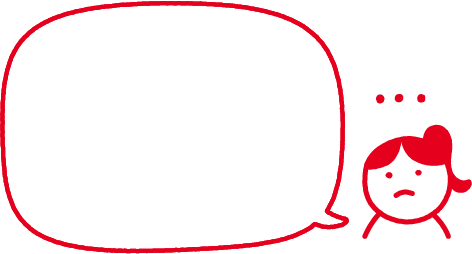
*based on an exchange rate of 110 yen to the dollar
Let’s think about…

Is poverty only a problem in other countries? What about in Japan? What happens if you are poor? What kind of problems would you have? Let’s think about it together.

Zero hunger
Let’s make sure everyone has food to eat
every day

There are lots of people in the world who don’t have enough to eat, so they become sick and die. We want to make sure these people have enough food every day to keep them alive.


Did you know?

Around 815 million people go hungry in the world every day. That means one in every nine people is starving*. The problem is worse for children, as one in four children is starving.
*Starving means that you don’t have enough to eat, are always hungry, and become undernourished. Dying from lack of food is called “starvation.”
Are there lots of
children who die because
they have no food to eat?

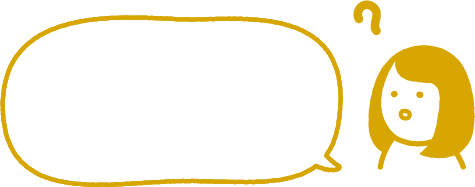
This is a great danger,
because if you
don’t get
enough nutrition your
body
will not grow and
you will also be slow
in developing intelligence.

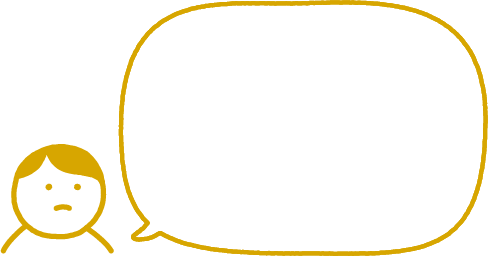
On the other hand,
there are some people
who eat too much food.

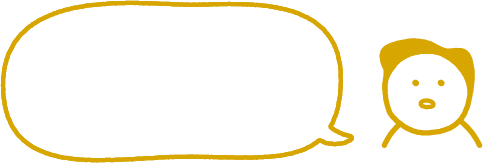
In more developed countries, some people
become sick
because they become “obese”
(very fat) from eating too
much.

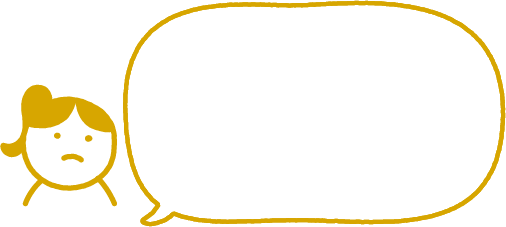
641 million adults in
the world are obese!*


Hmm, that’s another
problem…


*according to British medical publication The Lancet.
Let’s think about…

There are some people in the world who are in need because they don’t have any food to eat, while others worry because they are obese from eating too much. What can we do to eliminate starvation? Let’s think about it together.

Good health and
well-being
Let’s make sure people have long,
healthy lives

There are some countries in the world where babies, mothers who have just had babies, and small children die quickly after getting sick. We want to make sure they stay healthy and don’t get sick, by building lots of hospitals, spreading information about diseases, and giving them injections against disease.



Quality education
Let’s make sure everyone can have education

There are still lots of children in the world who cannot go to school. We want to make sure that everyone can go to school and get a good education: rich and poor, boys and girls. We also want to give adults education to help them work, such as giving them new skills.


Did you know?

Since 2000, the number of children able to study at schools in less developed countries has increased. However, there are still around 57 million children around the world who cannot go to elementary school. 617 million young people cannot do simple math or read and write, which is about five times the population of Japan*.
*The Japanese population is roughly 126.3 million, based on Ministry of Internal Affairs and Communications data for February 2019
Almost all of these live
in areas affected by armed
conflict.


Armed conflict is when
people in
a country or
region fight with
weapons.


Sometimes they cannot
go to school because
they are girls.


Because
they are girls?


Let’s think about…

What would it be like not to have a school to go to? What can we do so that everyone can go to school? Let’s think about it together.

Gender equality
Let’s make girls and boys equal, women and men equal

There are lots of places in the world where girls and women are discriminated against (treated differently) because they are “female.” We want such discrimination to disappear so that everyone can go to school, do housework, go to work, join in
politics, and become a leader in the same way.
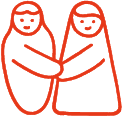


Clean water
and sanitation
Let’s give everyone safe water and clean
toilets

There are lots of people in the world who cannot get clean water, so they have to drink and use dirty water. There are also not enough clean toilets, which causes diseases among children and adults. Let’s give everyone clean and safe water and clean toilets.
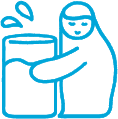


Affordable and
clean energy
Let’s give everyone the chance to use
energy created from natural power

The amount of coal and oil on earth is limited, and burning them is a cause of global warming. We want to give everyone the chance to use energy created from natural power: the sun, the wind, water, the earth’s heat, wood, animal dung, and wave power.



Decent work and
economic growth
Let’s give everyone the chance to do
meaningful work

There are lots of children in the world who cannot go to school because they have to work, and lots of people who do very tough work for not much money.
Let’s give everyone the chance to do work from which they can earn money and that is also meaningful so that they enjoy working.
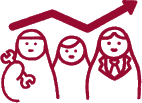


Industry, innovation
and infrastructure
Let’s build systems to support
lifestyles and foundations to support
steady progress in technology

Let’s create lots of new technology to make the structures and services that people need for their lives, such as buildings that are strong against natural disasters, railways and other types of transport, facilities for water, gas, and electricity services, and internet, so that everyone can have a safe and comfortable life.



Reduced inequalities
Let’s make sure there is no inequality
between countries and between people
in the same country

Some countries are rich and some countries are poor, and within the same country there are very rich people and very poor people. We want to reduce inequality by having people help each other, so that these differences eventually go away.



Sustainable cities
and communities
Let’s make safe and comfortable cities
in which we can continue to live

Let’s make places that are easy to live in so that everyone wants to live there for a long time. We can do this by by making safe cities that are strong against natural disasters, cities with lots of nature, and cities in which trains, buses, and other forms of transport can be used easily by people with disabilities, people with babies, and older people.
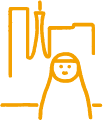


Responsible consumption
and production
Let’s make and use things in a way that
does not waste resources

People who make things and people who sell things (including both manufacturers and factories and stores) try not to waste resources, pollute nature, or to produce waste that might harm people. As the people who use things, we should try hard to change our lifestyles and to shop smarter by implementing the 3Rs: reduce (reducing waste), reuse (using things more than once), and recycle (recycling old things to make new things).


Did you know?

“Food waste”, the throwing away of food that could be eaten, is increasing in Japan. Every year around 6.46 million tonnes of food is wasted.
Data from the Ministry of the Environment’s “2016 Statistical Data on the Volume of Food Trash and Food Waste.”
People often compare big
numbers to
how many
times bigger the number
is
than Tokyo Dome.

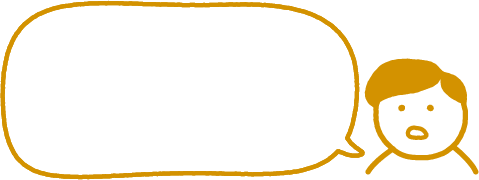
6.46 million tonnes is
about
5 times the size
of Tokyo Dome.


If there is that much
food left
over, can’t
we use it to solve
world hunger?

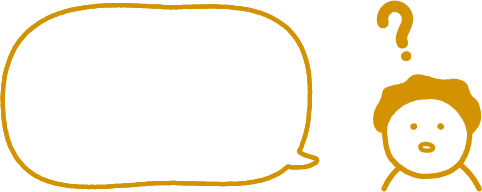
Let’s think about…

What kinds of place have lots of “food waste”? How can we reduce it at home, at school, and in stores? Let think about it together.

Climate action
Let’s take action to reduce the impact
of climate change

To stop global warming, we must change our behavior to reduce the impact of climate change as much as possible. This includes trying not to produce carbon dioxide and other greenhouse gases and building cities that can handle the unnatural weather already happening (cooler summers/warmer winters than before as well as hotter summers/colder winters than before, and large typhoons and heavy rains).



Life below water
Let’s protect the ocean and the things
that live in it

To keep the ocean clean for the future and to benefit from all the living things in it, we need to stop putting trash into the sea and taking too many of the living creatures out of it.



Life on land
Let’s protect the land and the things
that live on it

To help people and all the living things to continue living on the land, we must stop turning land into deserts and take great care of natural areas such as forests and mountains where animals, insects, and plants live.



Peace, justice and
strong institutions
Let’s make a peaceful world with no war
and no violence

There are sadly people dying all over the world due to wars and armed conflict. There are also people who are being hurt in mental and physical ways. We need to make a world with no wars and no violence in which everyone can live peacefully and safely. We also need to make a world in which people in every country are protected by the rule of law.



Partnerships for
the goals
Let’s all work together to achieve these
goals

In order to achieve these goals by 2030, countries, governments, companies, organizations, and individuals around the world must work together. To help countries that are still poor to achieve the goals, we must ask richer countries to help using money and technology.


Figures used mostly from the “Facts and Figures” section of the UN report “About the Sustainable Development Goals”
Figures are as of December 2018.
Reference material: “SDGs Idea Book” (Japanese only)
The information presented here is correct as of March 2019
Country names abbreviated
Date Modified:


Let’s make sure no-one is in poverty
or in need